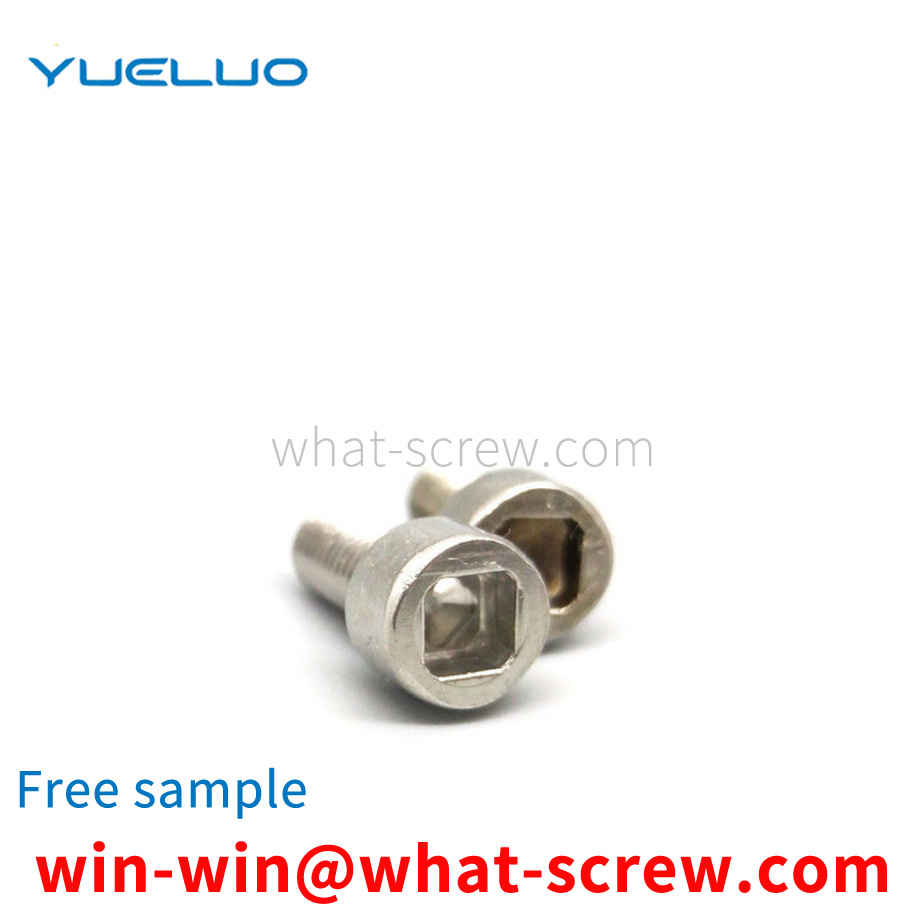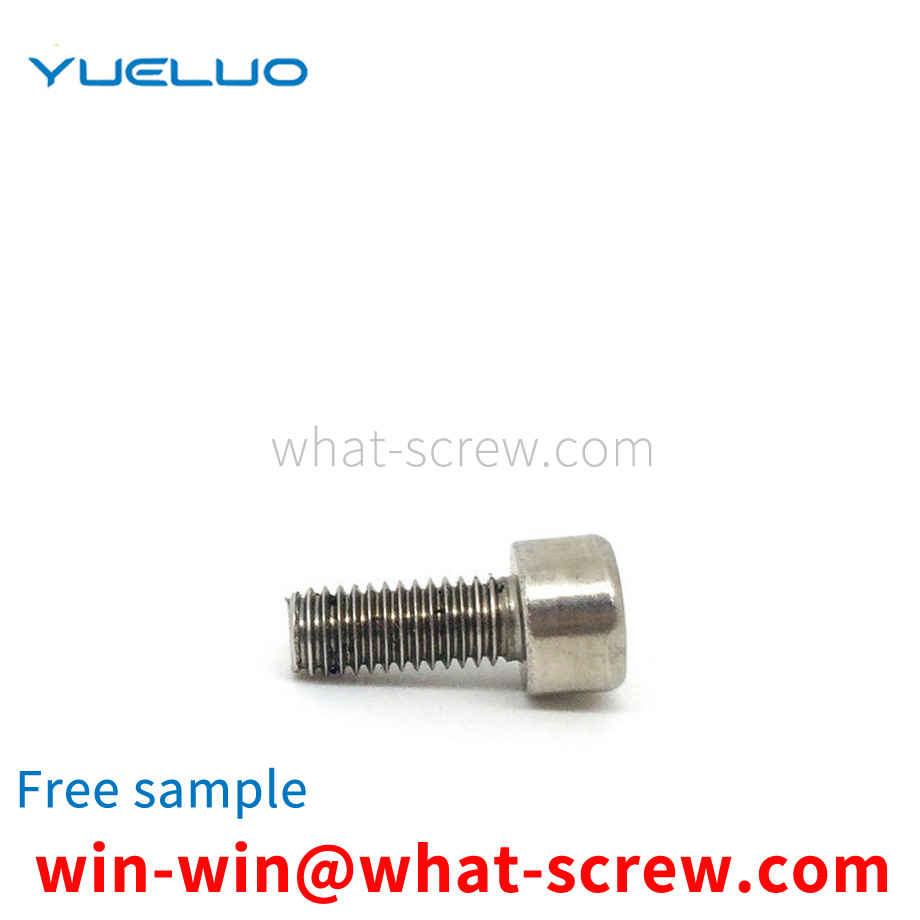The connecting fasteners of the existing panel furniture are generally composed of pins, screws and nuts. When connecting two furniture boards, a nut must be placed in the hole first, then the screw is tightened, and then the pin is connected, which is not very convenient to assemble. Wood screws are generally used for fixing the existing concealed hinges, and the positioning is inaccurate, the installation is laborious and time-consuming, the labor intensity is high, and the work efficiency is low.
The circlip lifting and tightening mechanism includes a lifting mechanism and a tightening mechanism; the lifting mechanism includes a lifting cylinder and a ball screw; the output shaft of the lifting cylinder is connected with the ball screw; the ball screw drives the tightening mechanism to achieve up and down move; the tightening mechanism includes a tightening motor, and the output shaft of the tightening motor drives a pinion sleeved on the output shaft to rotate; the pinion drives the largest gear meshed with it to rotate, and the largest gear is driven by The second largest gear meshed with it rotates; the diameter of the first largest gear is the same as that of the second largest gear; the lower ends of the rotating shafts of the first largest gear and the second largest gear are equipped with rotating discs, and each rotating disc is fixedly installed A probe; two probes can be inserted into the two holes of the circlip at the same time, and the circlip can be tightened or loosened as the motor rotates.
The flat key is a key that relies on the two sides as the working surface and transmits the torque by the extrusion of the key and the side of the keyway, and is mostly installed on the shaft. If the flat key is used for a long time or is in a bad working environment for a long time, dust, oil, etc. will inevitably be stuck between the flat key and the keyway. Since the flat key has no ejector threaded hole for disassembly, it is difficult to dismantle, and during the disassembly process A little carelessness will cause damage to the flat key.
Figure 1 is a schematic structural diagram of Guangdong Yueluo Hardware Industry Co., Ltd. Figure 2 is a front view of the structure of the riveted positioning block. FIG. 3 is a top view of the structure of the riveted positioning block. Figure 4 is a front view of the structure of the riveting lower die. Figure 5 is a side view of the structure of the riveting lower die. 1, I is a rivet, 2 is a riveting positioning block, 3 is a product, 4 is another product, and 5 is a riveting lower die. [0017] Referring to Figure 2, Figure 3, 2-1 is a positioning pin, 2-2 is a rivet hole, and 2-3 is a through hole. Referring to Figure 4, Figure 5, 5-1 is a positioning hole, 5-2 is a guide block, 5_3 is a countersunk screw hole, and 5_4 is a vacant hole.
According to the force of the connection, it is divided into ordinary and hinged holes. According to the shape of the head: there are hexagonal head, round head, square head, countersunk head and so on. Among them, the hexagonal head is the most commonly used. Generally, countersunk heads are used where connections are required. The English name of the riding bolt is U-bolt. It is a non-standard part. The shape is U-shaped, so it is also called a U-bolt. There are threads on both ends that can be combined with nuts. It is mainly used to fix tubular objects such as water pipes or sheets such as automobile plates. Springs are called riding bolts because of the way they fix things like a person rides a horse. According to the length of the thread, it is divided into two categories: full thread and non-full thread. According to the thread type, it is divided into two types: coarse thread and fine thread. The coarse thread type is not displayed in the bolt mark. The bolts are divided into eight grades: 3.6, 4.8, 5.6, 6.8, 8.8, 9.8, 10.9, and 12.9 according to their performance grades. Among them, the bolts above grade 8.8 (including grade 8.8) are made of low-carbon alloy steel or medium-carbon steel and are heat-treated (quenched). + Tempering), commonly known as high-strength bolts, and below grade 8.8 (excluding 8.8) are commonly known as ordinary bolts. Ordinary bolts can be divided into three grades: A, B, and C according to the production accuracy. Grades A and B are refined bolts, and grade C is rough bolts. For connecting bolts for steel structures, unless otherwise specified, they are generally ordinary rough grade C bolts. There are differences in the processing methods of different grades. Usually the corresponding processing methods are as follows: ① The bolts of grade A and B bolts are processed by lathes, with smooth surfaces and accurate dimensions. High, rarely used; ②C-grade bolts are made of unmachined round steel, the size is not accurate enough, and its material property grade is 4.6 or 4.8. The deformation is large during shear connection, but the installation is convenient and the production cost is low. It is mostly used for tensile connection or temporary fixation during installation.
We have many years of experience in the production and sales of screws, nuts, flat washers, etc. The main products are: hexagon socket head stud bolts, spring washers with flat washers, tightener turnbuckles, butt screws and other products, we can provide you with suitable products for you. Fastener Solutions.



















 Service Hotline
Service Hotline




